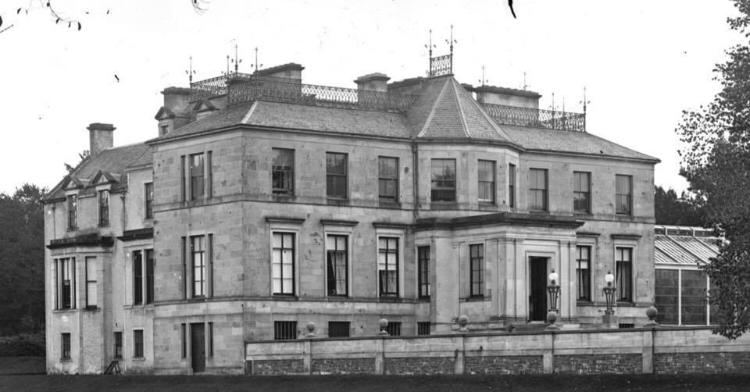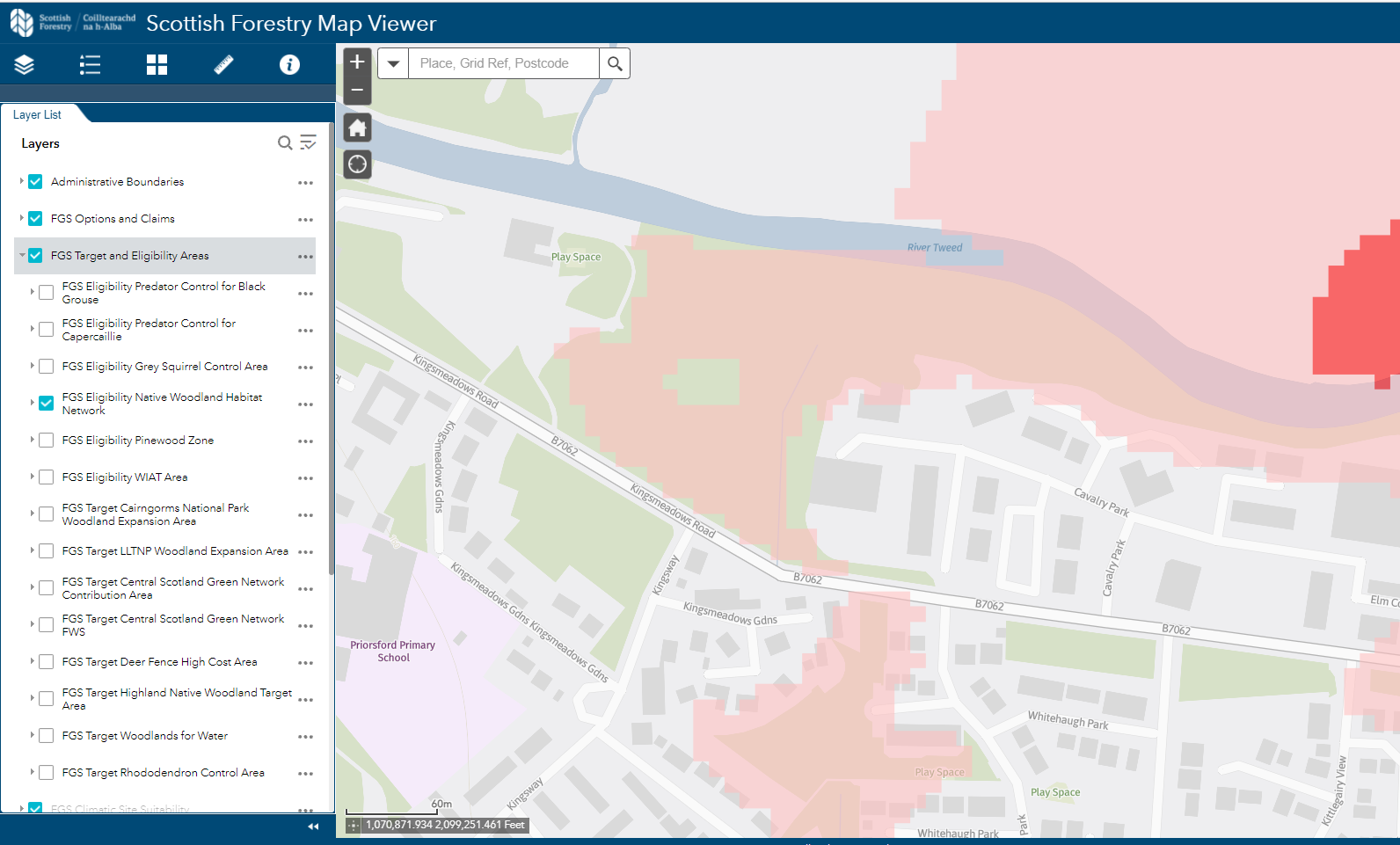

A conservation area
Sandford principle
"The Sandford principle is a concept in the management of protected landscapes in the United Kingdom. It is called the Sandford principle after Lord Sandford who chaired the National Parks Policy Review Committee which reviewed national parks of England and Wales in between 1971 and 1974" [Wikipedia]
"National Park Authorities can do much to reconcile public enjoyment with the preservation of natural beauty by good planning and management and the main emphasis must continue to be on this approach wherever possible. But even so, there will be situations where the two purposes are irreconcilable... Where this happens, priority must be given to the conservation of natural beauty."
— Lord Sandford, 1974
Built in 1796 by Sir John Hay, Kingsmeadows House and grounds constitute 7 of the 117 hectares of the Peebles Conservation Area – the largest designated conservation area in the Scottish Borders.
In building this estate, John Hay left a legacy for Peebles. Kingsmeadows House has undergone many incarnations from private residence to a World War II maternity hospital, serving the local community in a time of desperate need.
Now, in the midst of a global environmental catastrophe, with the threat of climate change and loss of biodiversity hanging over us, it is the woodland at Kingsmeadows that provides Sir John’s real legacy for the 21st Century.
Every tree in every conservation area in Scotland is protected by Section 172 (1) of the Planning Act, yet this does not protect them from development.

Image of Kingsmeadows House from George Washington Wilson & Co Collection, licenced under the Creative Commons Attribution 4.0 International Licence (CC BY 4.0)
A wildlife corridor
Kingsmeadows is a strategically placed wildlife corridor through Peebles, connecting woodland to the north, east and south, including ancient woodlands at Janet’s Brae and linking two SBC-identified Key Green Spaces, Victoria and Whitestone Parks.

The Tweed SSSI
Situated on the banks of the Tweed – a designated Site of Special Scientific Interest and Special Area of Conservation – Kingsmeadows lies within a Special Landscape Area and is part of the Scottish Borders Strategic Green Network.
The map on the left is available via Nature Scotland's SiteLink (you will need to zoom in and turn on the SSSI and SAC layers).

Designated woodland
The East Woods at Kingsmeadows have been designated part of Scottish Forestry’s Native Woodland Habitat Network because they link to surrounding woodlands and function as a wildlife corridor (Scottish Forestry publications here).
These woodlands have been recognised under Scottish policy (overseen by Forestry Scotland) as notable habitat of high biodiversity value where woodland cover should be increased to redress habitat fragmentation and prevent biodiversity loss.
The map on the left is available via the Scottish Forestry Map Viewer (you will need to zoom in and turn on the Native Woodland Habitat Network).